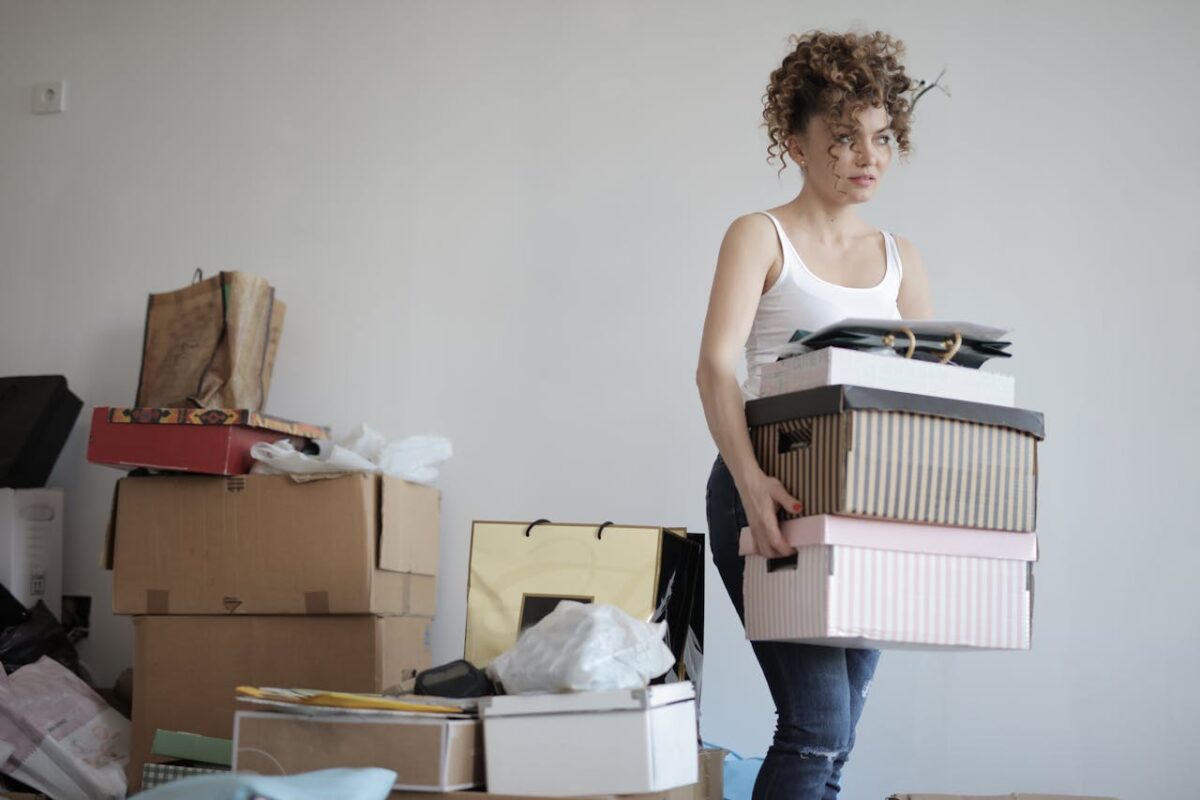The danger of lifting heavy objects on your own is that you can get hurt if you don’t do it right. Move heavy things with proper lifting techniques to protect your back. You don’t want to strain yourself moving furniture and appliances. Use the right posture.
This guide will explore practical tips for lifting heavy objects alone. They will help you avoid injury and do your tasks with confidence.
Assess the Weight and Stability
Keep the object’s weight and stability in mind before lifting it yourself. If the object is light enough, you can lift it by yourself. You may need help from another person or special equipment.
Also, check the object’s stability. Make sure it is balanced and secure before lifting it. Avoid lifting objects that are too big or awkward. They are harder to move and raise injury risk.
Use Proper Lifting Techniques
When lifting heavy objects alone, use proper technique. It is crucial to prevent strain and injury. Follow these steps to lift safely and effectively:
- Stand with your feet shoulder-width apart. Put one foot slightly in front for stability.
- Squat down and bend your knees to gain a tight grasp on the thing. Apply both hands. Maintain a straight back and a contracted core.
- Instead of extending your back, straighten your hips and knees to raise something off the ground.
- To lift the object near your body, use the muscles in your legs.
- While raising or transporting the object, try not to twist your body. This can strain your back and raise the risk of injury.
Practice proper lifting techniques often. This will build strength and familiarity with the correct movements. It will make it easier to lift heavy objects safely on your own.
Take Breaks and Pace Yourself
Lifting heavy objects is hard. Taking regular breaks and pacing yourself will help you do better. Pay attention to your body. As a sign of fatigue or strain, you might feel sore or short of breath.
Take breaks as needed. Rest and stretch your muscles, letting them recover. Then, continue lifting. Consider splitting big tasks into smaller ones. This will prevent overexertion and reduce the risk of injury.
Also, stay hydrated and fed while lifting. Good hydration and nutrition are essential. They keep up energy and muscle function.
Use Assistive Tools and Equipment
When lifting heavy objects alone, consider using tools and equipment to get help. This will make the task easier and safer. This may include items such as furniture sliders. You can also use hand trucks, dollies, or lifting straps. Weight is distributed evenly and body strain is reduced.
Before lifting a heavy object, check if tools or equipment are available. Also, check if they are right for the task. Use these tools to your advantage. They reduce the strain of lifting heavy objects solo and the risk of injury.
Also, consider using technology. This could be smartphone apps or voice-activated assistants. They can help with planning and organising lifting tasks. They can also give guidance on proper lifting techniques.
Plan Your Approach and Clear Pathways
Before lifting heavy objects alone, you must plan your approach. Make sure there are clear pathways to move the object safely. Remove any tripping hazards or obstacles along the route you’ll need to take.
Consider the layout of your space. Find any tight corners, stairs, or narrow doorways. They might be hard to lift around. Create wider paths for moving heavy items by shifting furniture or detaching doors.
Planning your approach lets you see potential obstacles. Then, you can make strategies for navigating them safely. This reduces the risk of accidents or damage to your things. Clear pathways and prepare your space. This will ensure a smoother and safer lifting experience.
Listen to Your Body and Know Your Limits
You must push yourself to finish tasks. Be aware of your limits when lifting heavy objects alone. Pay attention to pain or stiffness in your back, shoulders, or legs.
Whenever you feel discomfort while lifting, stop immediately and reevaluate your approach. Trying to power through pain can lead to injury. So, it’s essential to prioritise your safety and well-being.
Know when to ask for help. Seek other solutions, like using tools or hiring a mover. It’s better to take a break or get help. Lifting too much might hurt you.
Doing this can prevent injuries and make lifting safer and more successful. Remember, your health and safety should always come first. That’s true when lifting heavy objects alone.
In Conclusion
Lifting heavy objects alone can be hard. But you can do it safely and well with the right technique, pace, and tools, and avoid injury.
Protect your back when lifting heavy objects alone. Assess weight and stability. Use proper techniques. Take breaks and pace yourself. Make safety a priority. Seek help when needed to ensure a successful and injury-free lifting experience.

